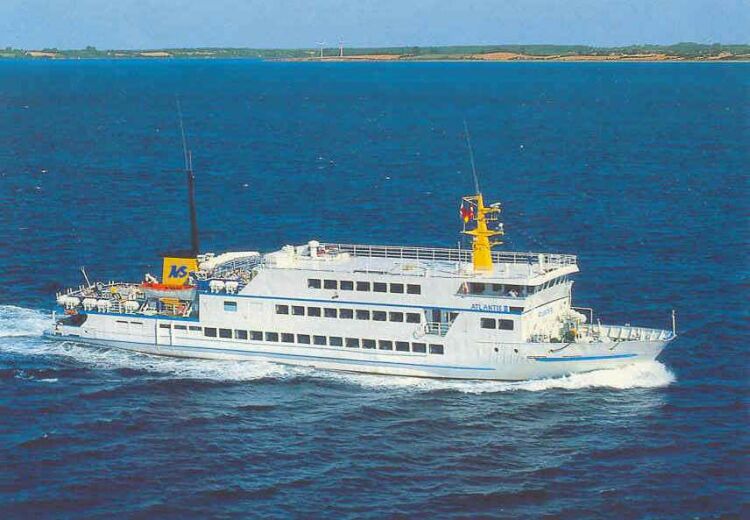High-speed craft belongs to the category of sea-going vessels that include hovercraft, hydrofoils, catamarans, etc. Both the construction and operation of high-speed crafts is subjected to similar legislation that controls other merchant shipping. However, there are some additional and substitute regulations that are also taken into account because of some specific issues caused by their speed of travel.
High Speed Craft Codes
IMO (International Maritime Organization) framed the International Code of Safety for High-Speed Craft. The IMO is involved into formulating standards and regulations related to the operation of passenger and cargo ships.
The international code of safety offers an overall guidance on how to choose correct equipments and the methods of maintenance and operation of high-speed crafts.
A new regulation of IMO called SOLAS (Safety of Life at Sea) was framed in 1996. The new regulation made the safety code compulsory for high crafts that were manufactured on or after January 1, 1996.
Construction Standard for High-Speed Crafts
The International Code of Safety for High-Speed Craft explains regarding the standards that have to be followed while manufacturing a high-speed craft. According to the safety code, the manufacturer has to consider
- Passenger and crew accommodation
- Structural factors
- Life saving, emergency and safety equipments
- Steering and control
- Machinery and propulsion systems
- Stabilization
- Navigation, radio and electrical equipments
Based on these factors, the manufacturer conducts ship surveys. In addition, operational certificates are issued after adhering to these standards.
Maintenance and Operational Standards for High-Speed Crafts
The International Code of Safety for High-Speed Craft offers guidance on maintenance of the ship. The maintenance guideline includes routine maintenance, preventive inspection, etc. The code also explains how a manufacturer records and makes reports of maintenance activities.
Maintenance is the major issue that crops up during the periodic inspections of the ship. If a shipowner fails to follow the right maintenance procedures, he or she can face legal action.
The code offers detailed instructions on how to operate the high-speed crafts. By following the code, a ship owner can learn about training, emergency and safety instructions as well as carrying out steps for proper documentation. Additional instructions on training and emergency procedures are available for passenger and cargo ships.
Requirements for Ro-Ro High-Speed Craft
High-speed Ro-Ro crafts vessels like hydrofoil craft and catamarans are subjected to the general requirements of International Code of Safety for High-Speed Craft. These vessels are also subjected to special regulations, especially in regards to crew and passenger safety. During the operation of these vessels, the navigation department has to follow regulations related to buoyancy and stability issues.
As per the SOLAS convention, high-speed roll on/roll off vessels are covered by damage stability requirements. Ships used for international voyages in Baltic and northwest Europe have to follow the Stockholm agreement. Both the stability requirements come into practice when damage is caused by water flooding the decks.
These are regulations which high-speed craft owners have to follow for maintaining and operating ships. During the operation, proper safety requirements of crew and passengers have to be met.


